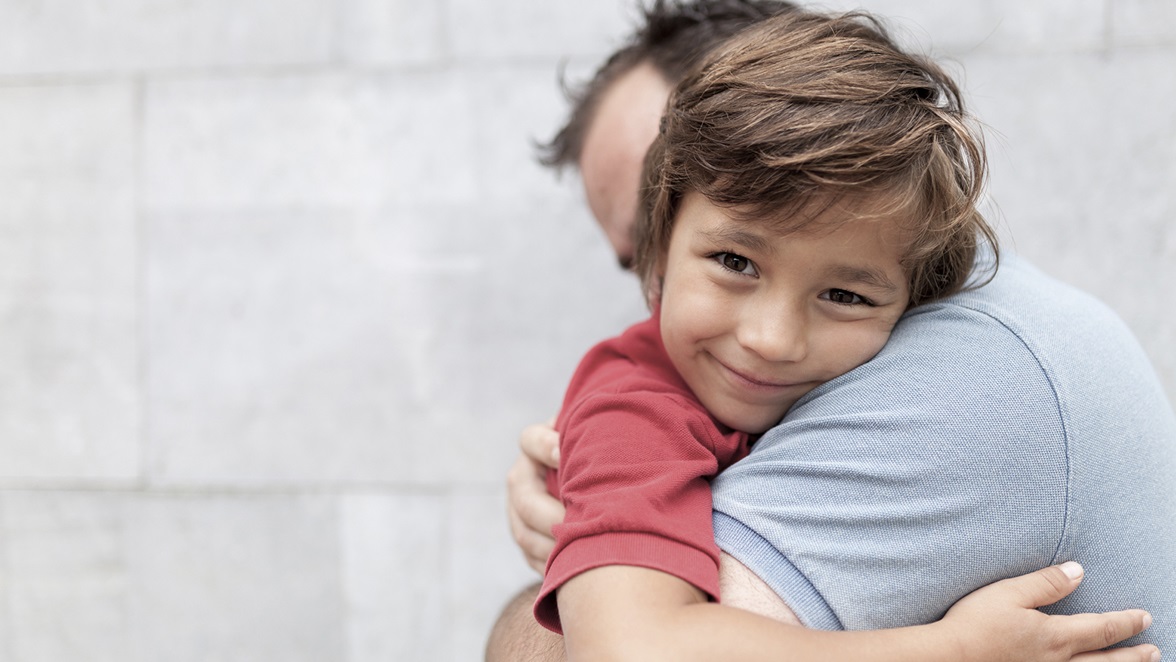WHAT ARE THE SIGNS OF SPD: SENSORY PROCESSING DISORDER SIGNS
Sensory Processing Disorder (SPD) affects five to ten percent of all children – an average of one child in every classroom. But how do you know if your child may have Sensory Processing Disorder? What are the sensory processing disorder signs in children?
Imagine having a child who finds hugs unbearable, or a child who throws temper tantrums virtually every time he or she is taken to a restaurant or store, or a child who refuses to eat. These behaviors are daily realities for more than three million children in the United States alone.

The Sensory Processing Disorder (SPD) Foundation wants parents to know the Sensory Processing Disorder signs, which can include:
- Overly sensitive to touch, noises, smells, or movement
- Floppy or stiff body, clumsy, poor motor skills or handwriting
- Difficulty dressing, eating, sleeping, or toilet training
- Frequent or lengthy temper tantrums
- Easily distracted, fidgety, withdrawn, or aggressive
- Craves movement
- Easily overwhelmed
Most children with Sensory Processing Disorder are just as intelligent as their peers, and many are intellectually gifted. Not all children are affected the same way. One child with SPD may over-respond to sensation and find clothing and certain foods unbearable. Another might under-respond and show no reaction to pain, while yet another might have coordination problems.
Dr. Lucy Jane Miller, founder of the SPD Foundation, provides parents with background information about SPD and common sense strategies for helping children with sensory issues in her books (affiliate links), “Sensational Kids” and “No Longer A SECRET.” According to Miller, “SPD is not a reflection of bad behavior, and it is not caused by bad parenting. In fact, it’s not ‘bad’ at all. It’s physiologic in nature.”
Treatment for SPD typically involves occupational therapy, which enables children to participate in the normal activities of childhood, such as playing with friends, enjoying school, eating, dressing, and sleeping. Depending on the child’s symptoms, other types of treatment might also be recommended, including feeding programs, listening therapy, speech and language therapy, or the DIR® Floortime model with a pediatric occupational therapist.





